Black Box ServSwitch DTX Control User manual




















Table of contents
Other Black Box Control Unit manuals

Black Box
Black Box PS590A User manual

Black Box
Black Box ServLINK ACRPWR User manual
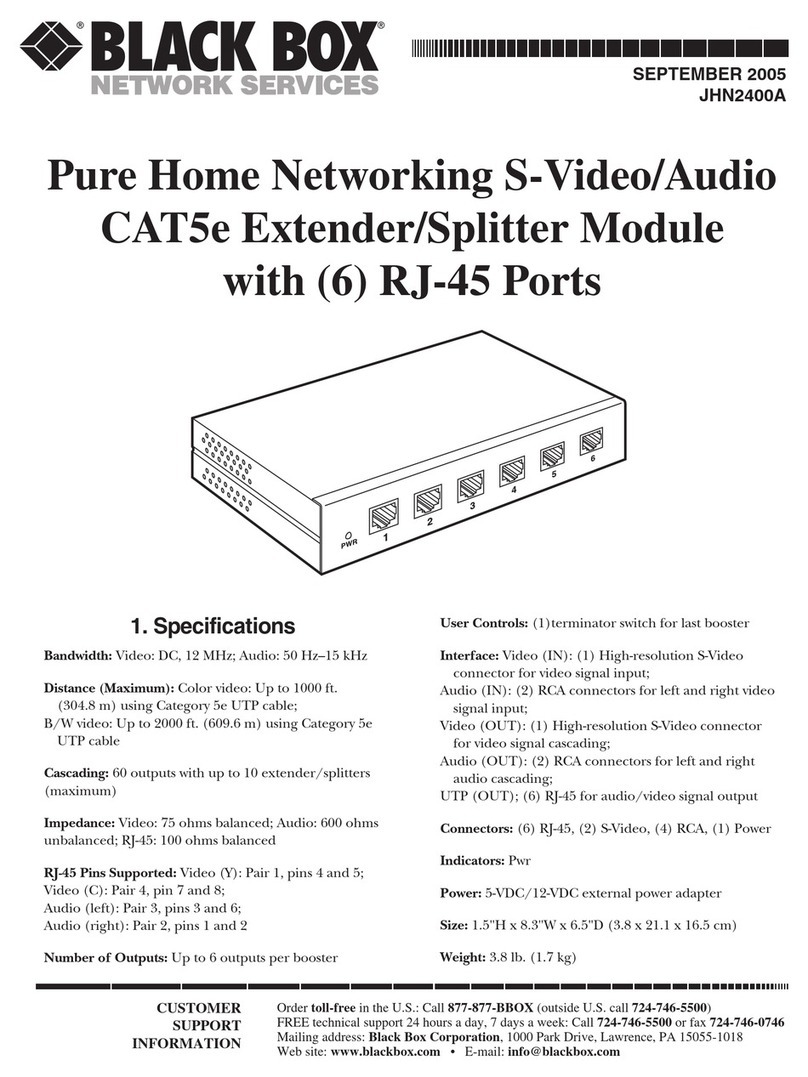
Black Box
Black Box JHN2400A User manual
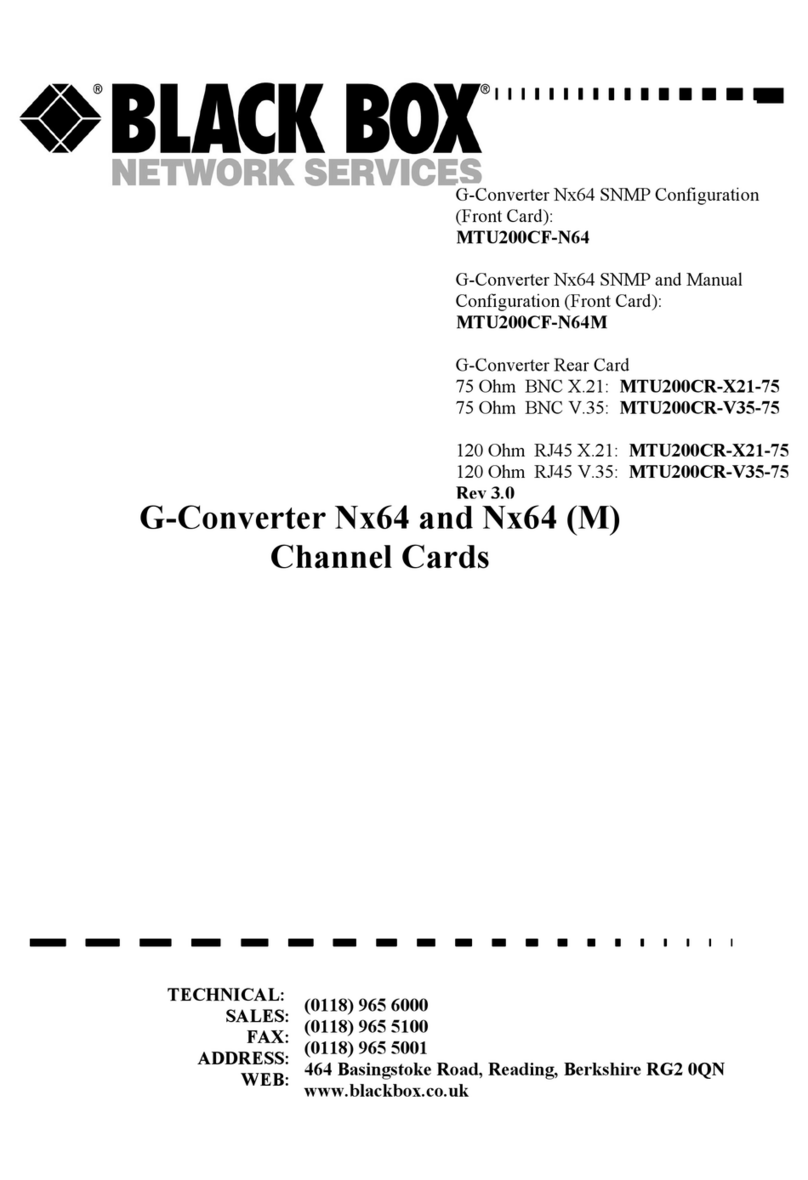
Black Box
Black Box MTU200CF-N64 User manual

Black Box
Black Box JHN2050A User manual
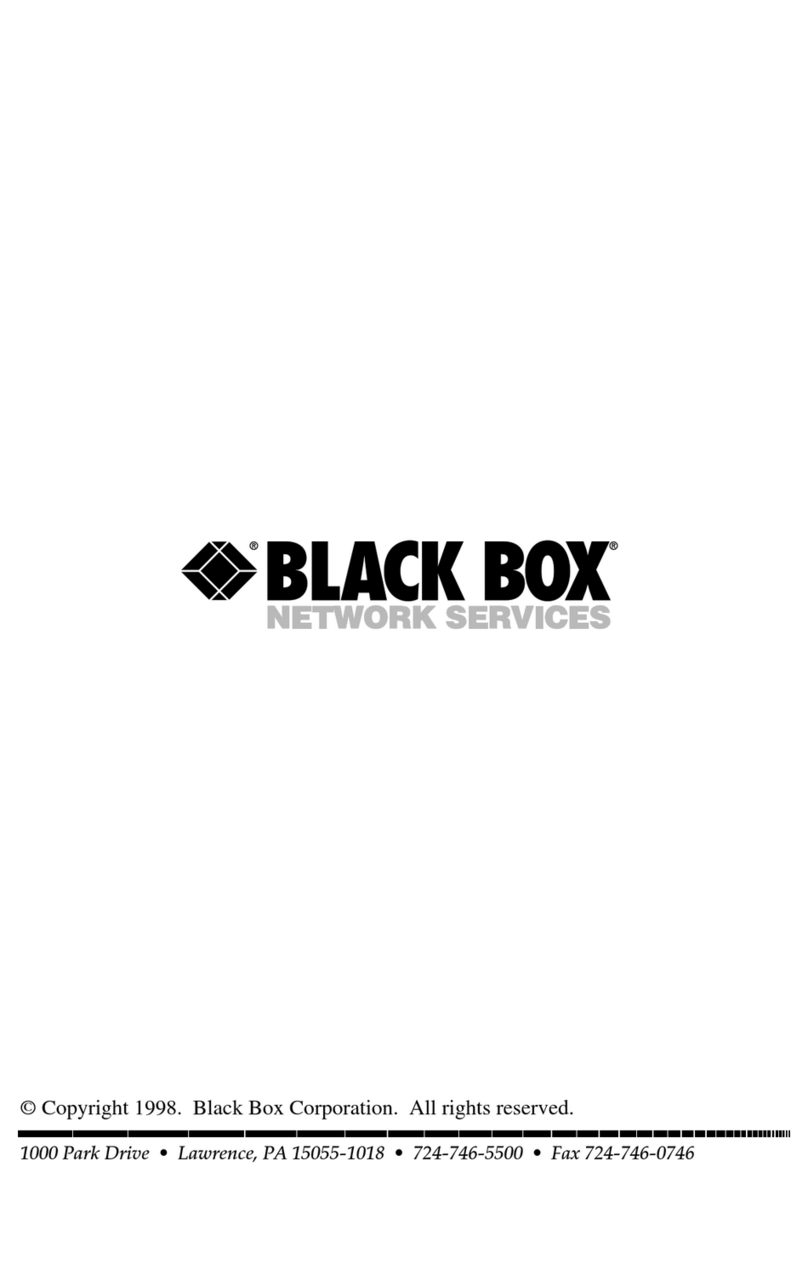
Black Box
Black Box 5 User manual
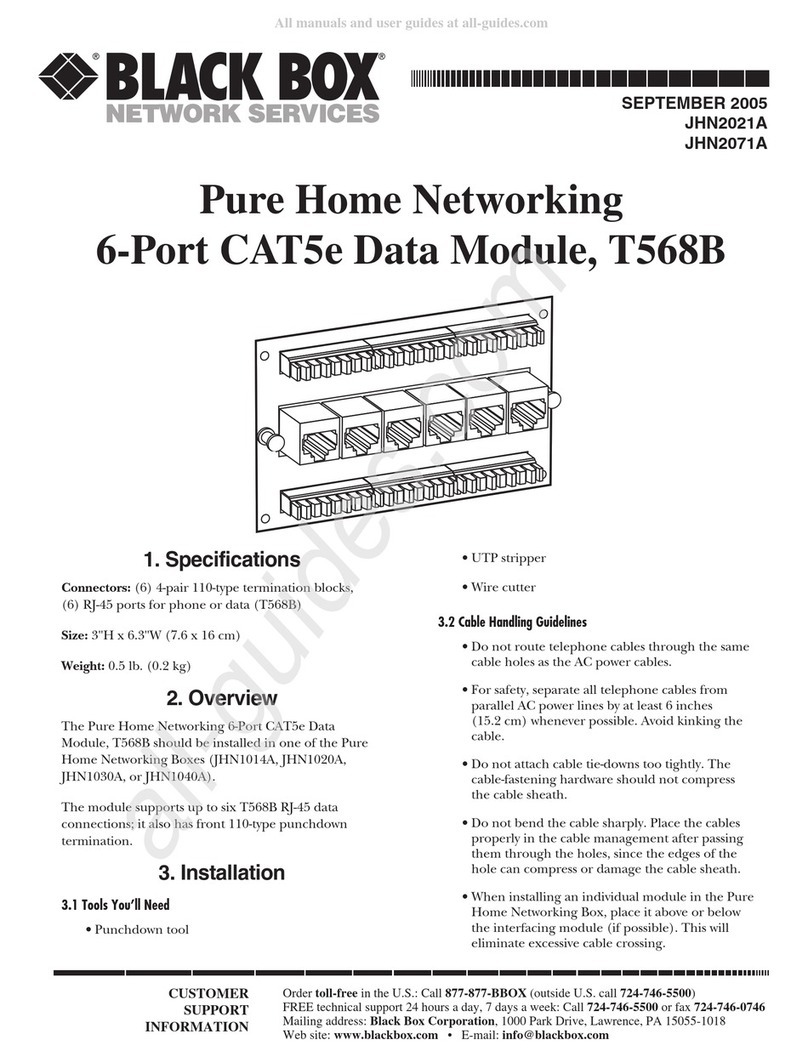
Black Box
Black Box JHN2021A User manual

Black Box
Black Box JHN2047A User manual
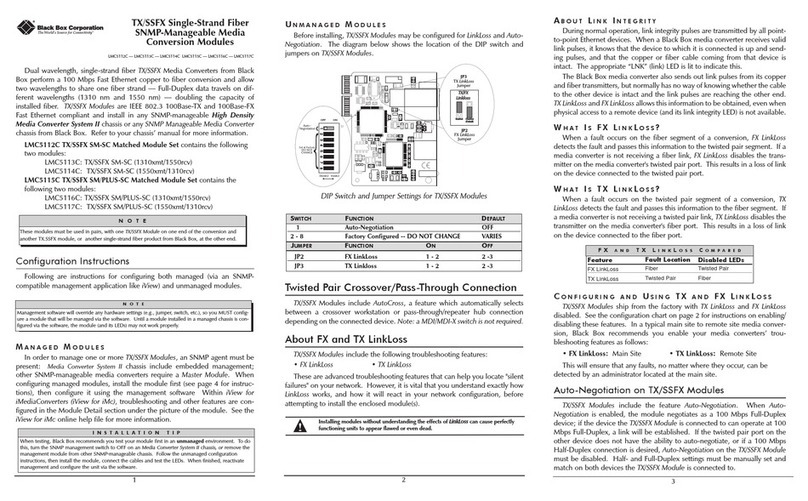
Black Box
Black Box LMC5113C User manual

Black Box
Black Box FollowMe LH3800A User manual
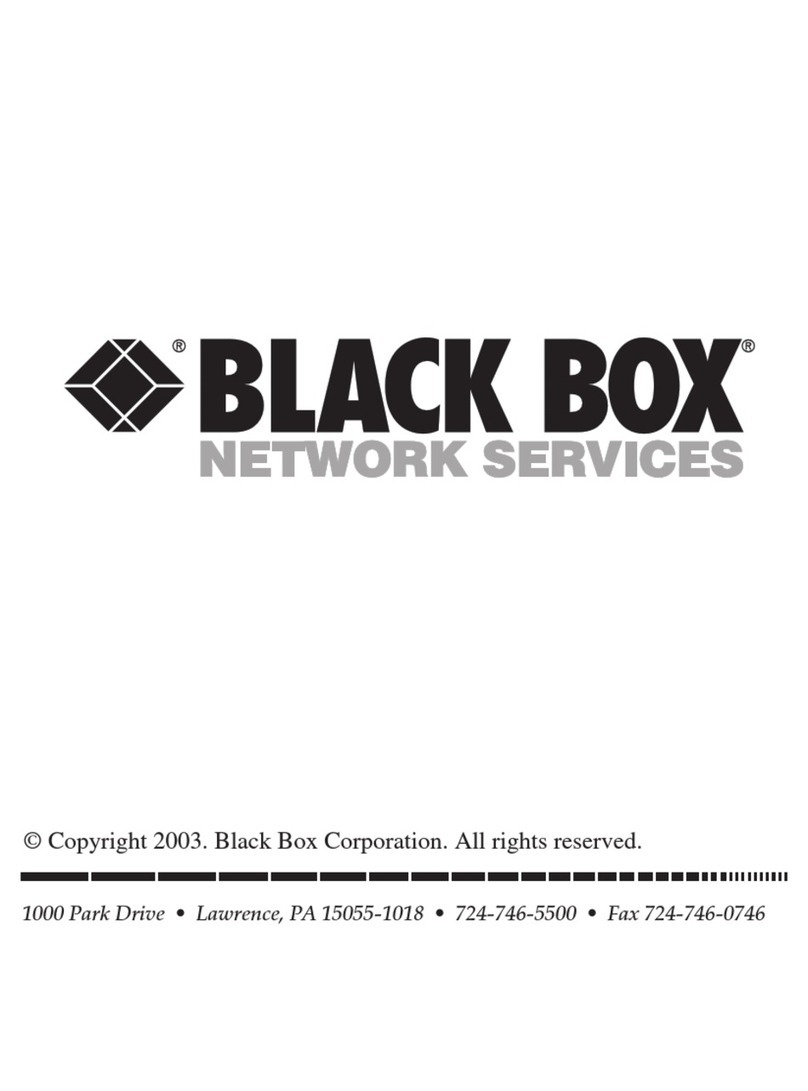
Black Box
Black Box SOHO 7-Zone Audio Module User manual
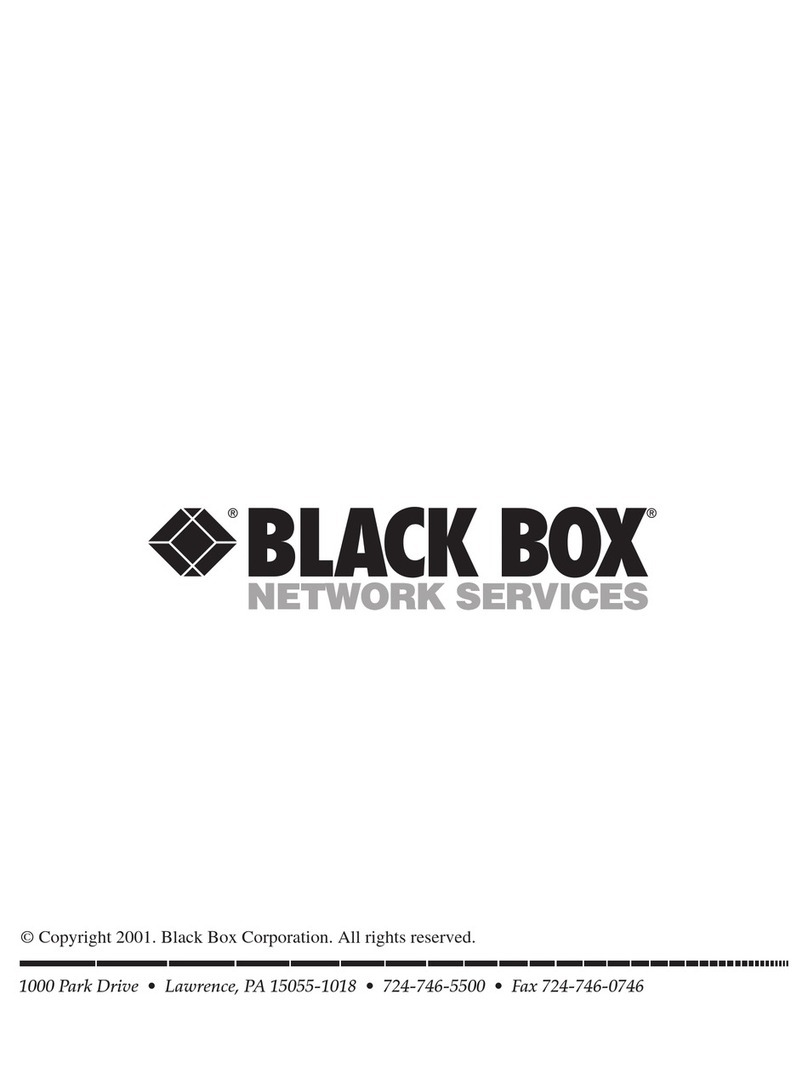
Black Box
Black Box LRA1204C User manual
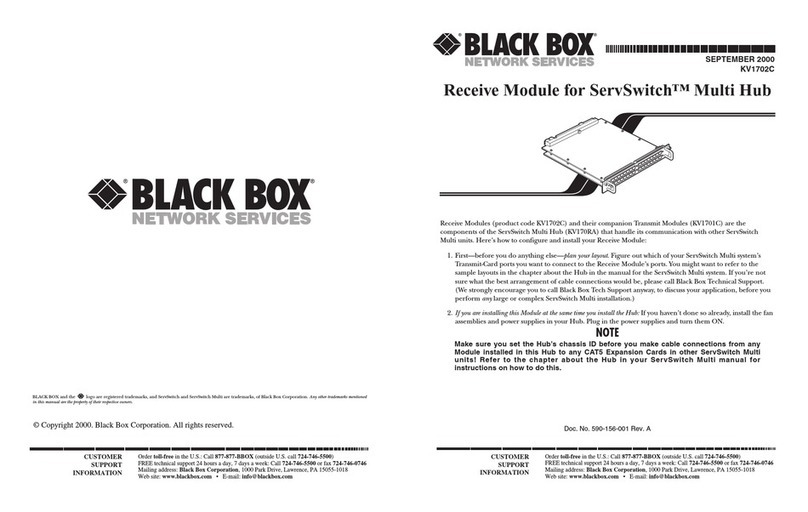
Black Box
Black Box Receive Module for ServSwitch KV1702C User manual
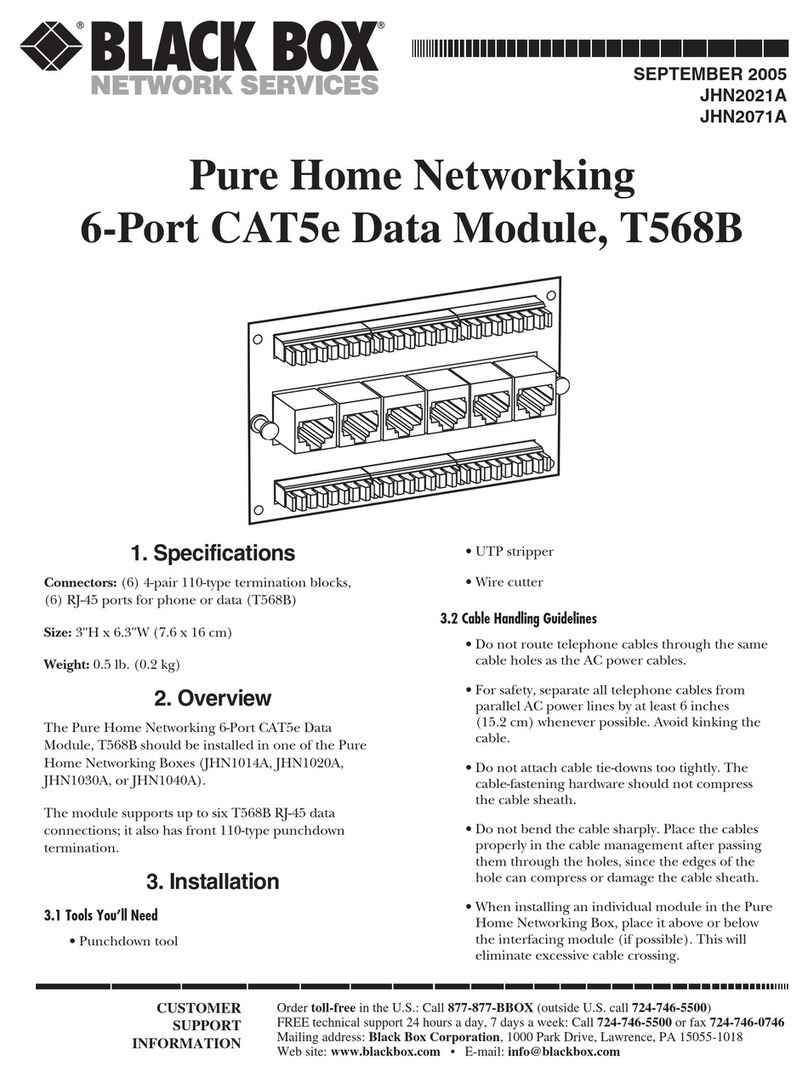
Black Box
Black Box T568B User manual

Black Box
Black Box ServSwitch KV1400A User manual
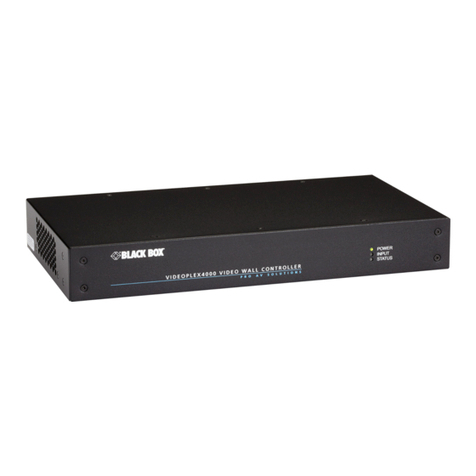
Black Box
Black Box VIDEOPLEX 4000 User manual
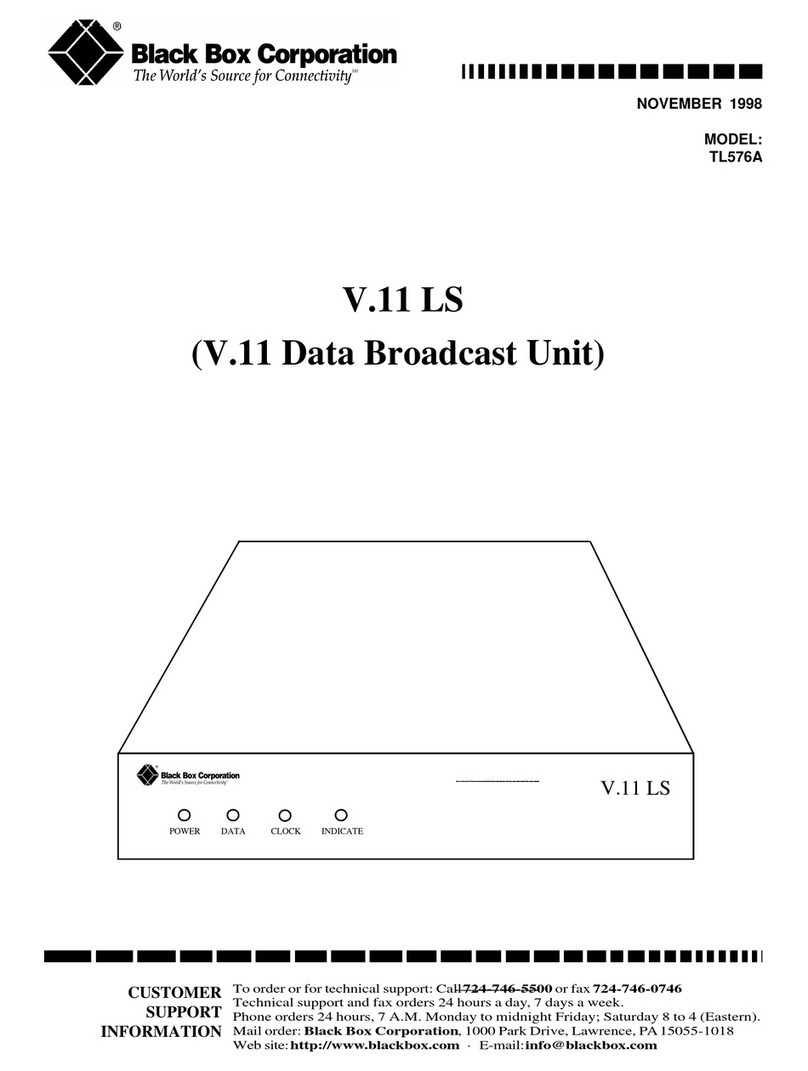
Black Box
Black Box V.11 LS User manual
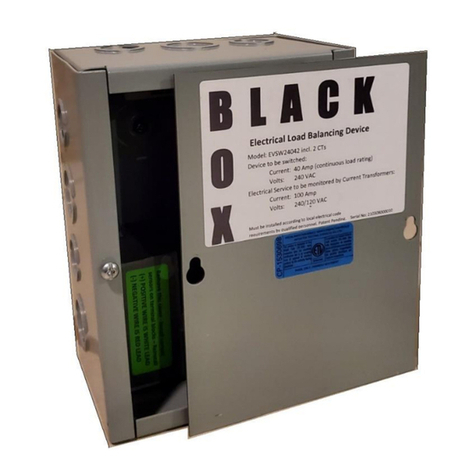
Black Box
Black Box EVSW-240-100-60 User manual
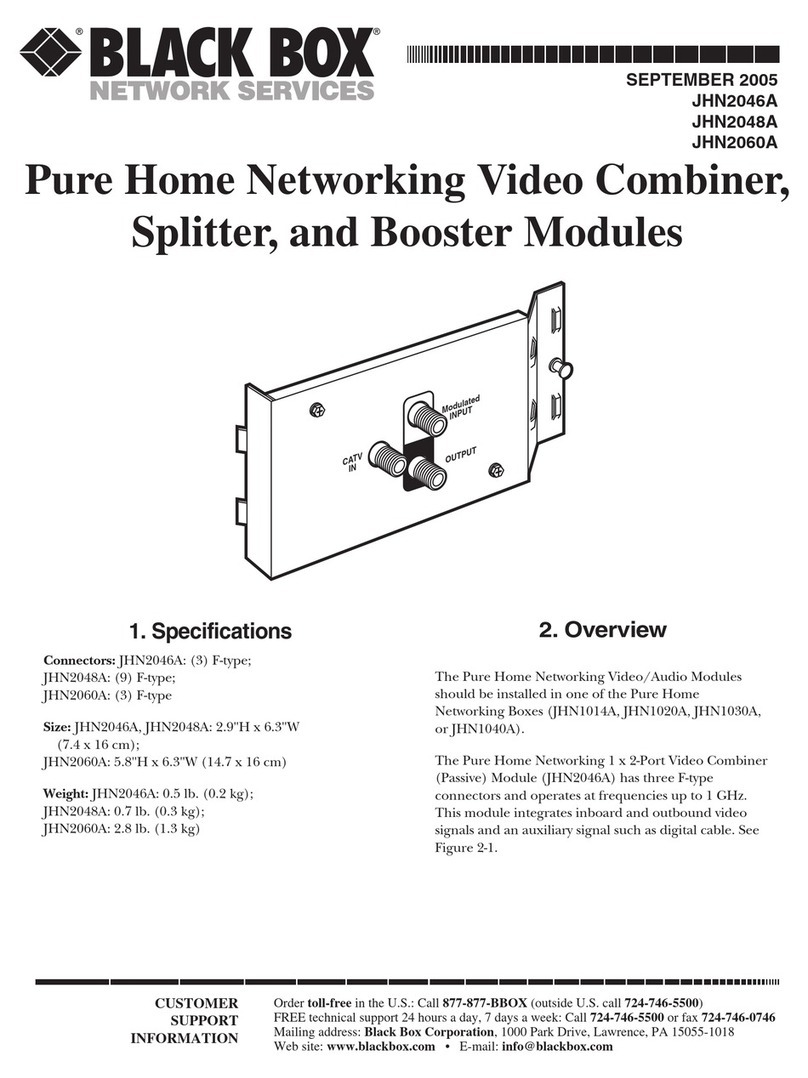
Black Box
Black Box JHN2046A User manual
Popular Control Unit manuals by other brands
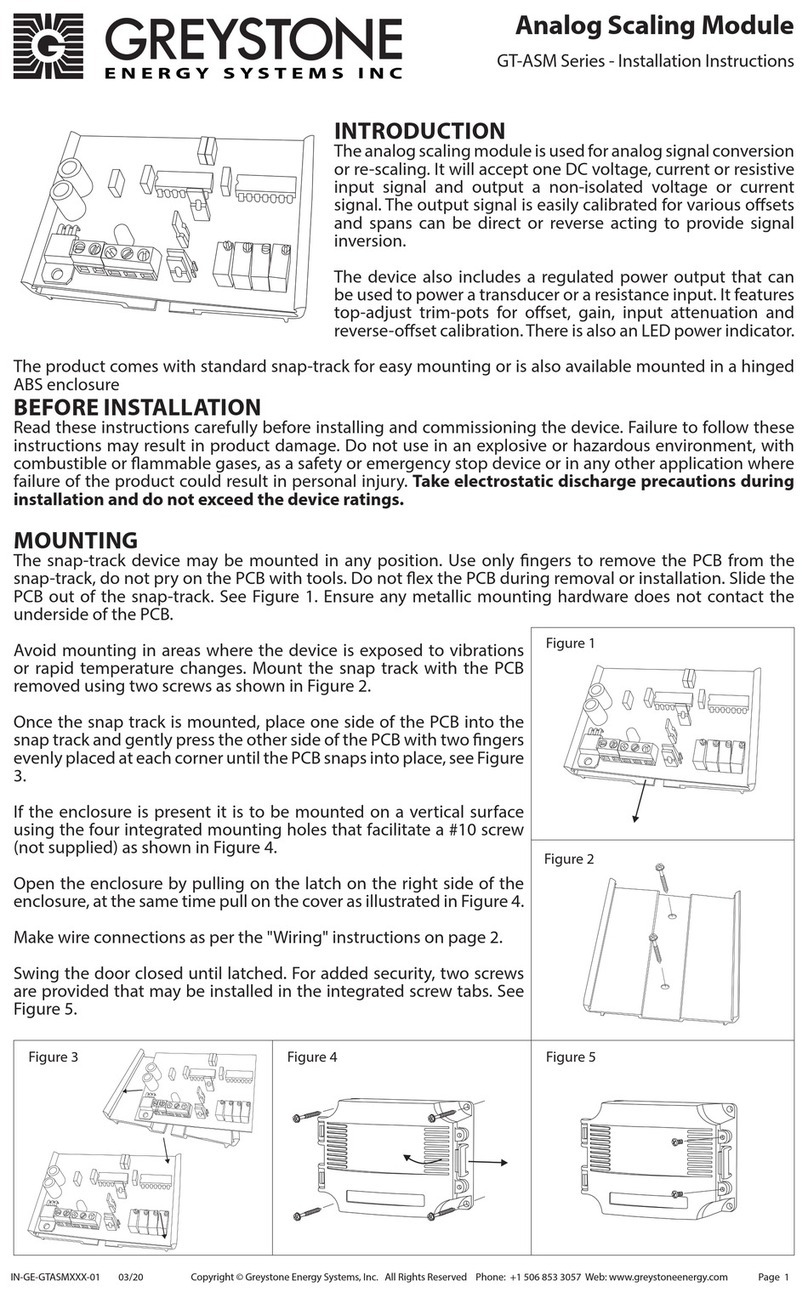
Greystone Energy Systems
Greystone Energy Systems GT-ASM Series installation instructions
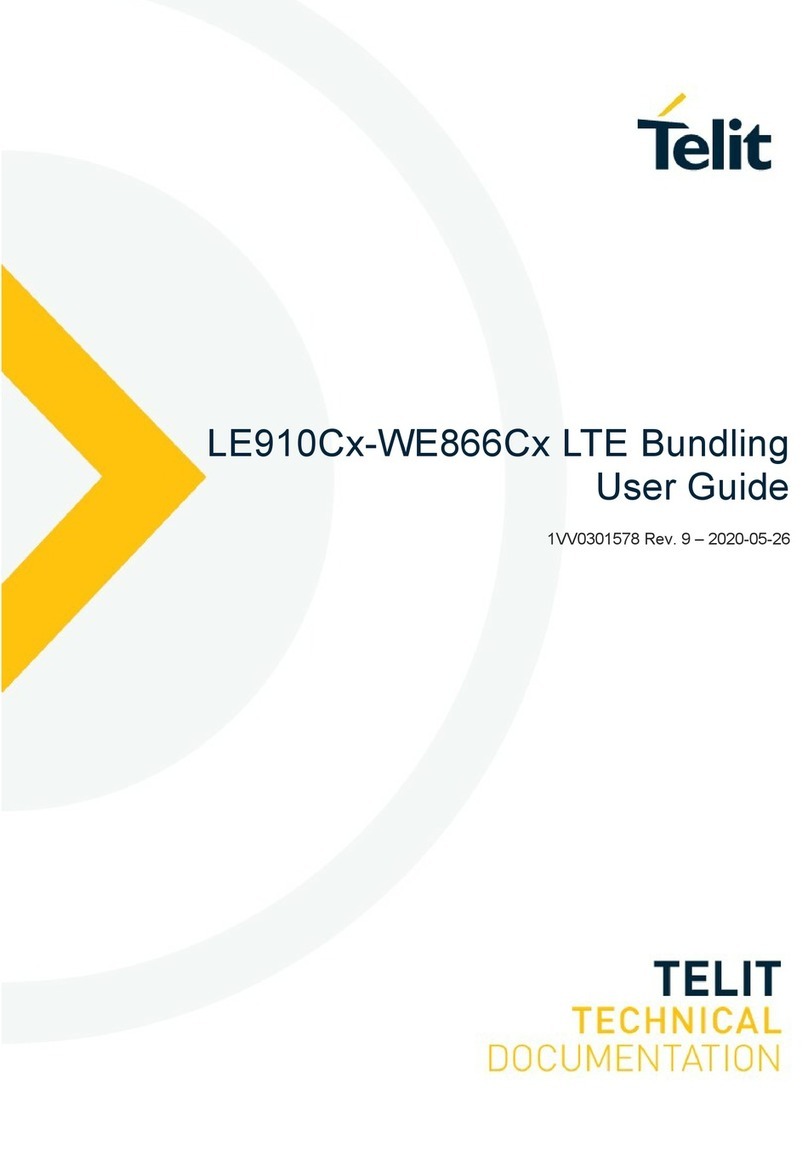
Telit Wireless Solutions
Telit Wireless Solutions LE910C series user guide
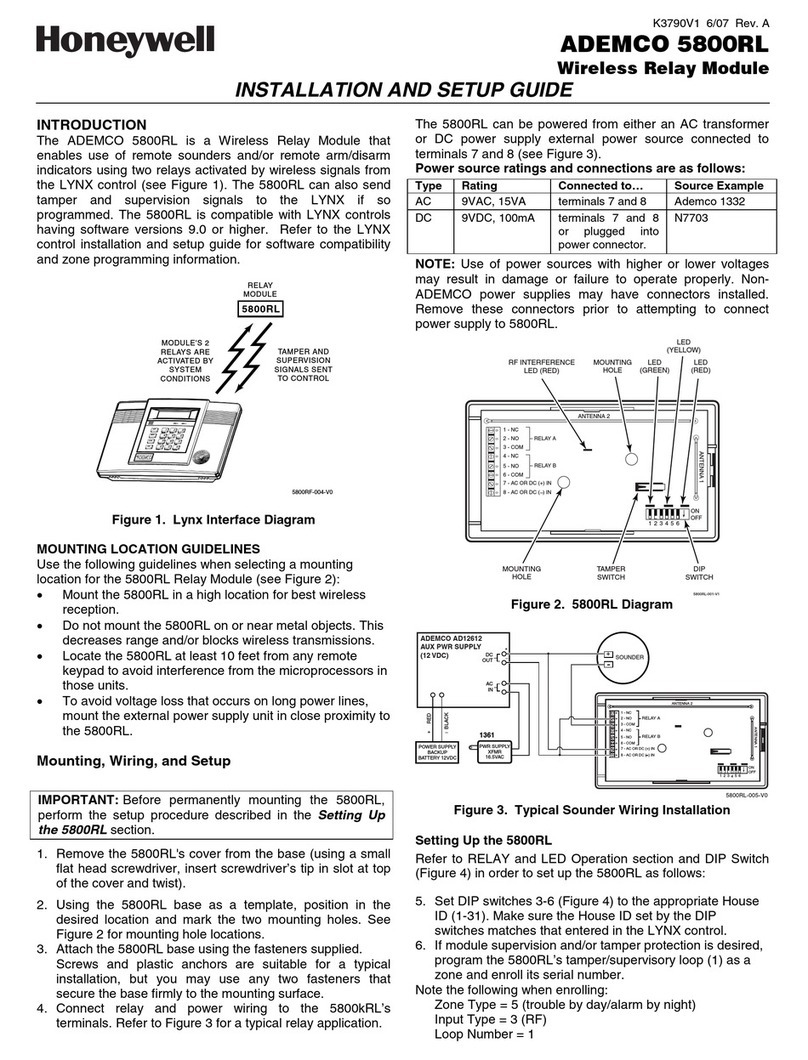
Honeywell
Honeywell ADEMCO 5800RL Installation and setup guide

ICOP Technology
ICOP Technology VDX3-6724-1G user manual
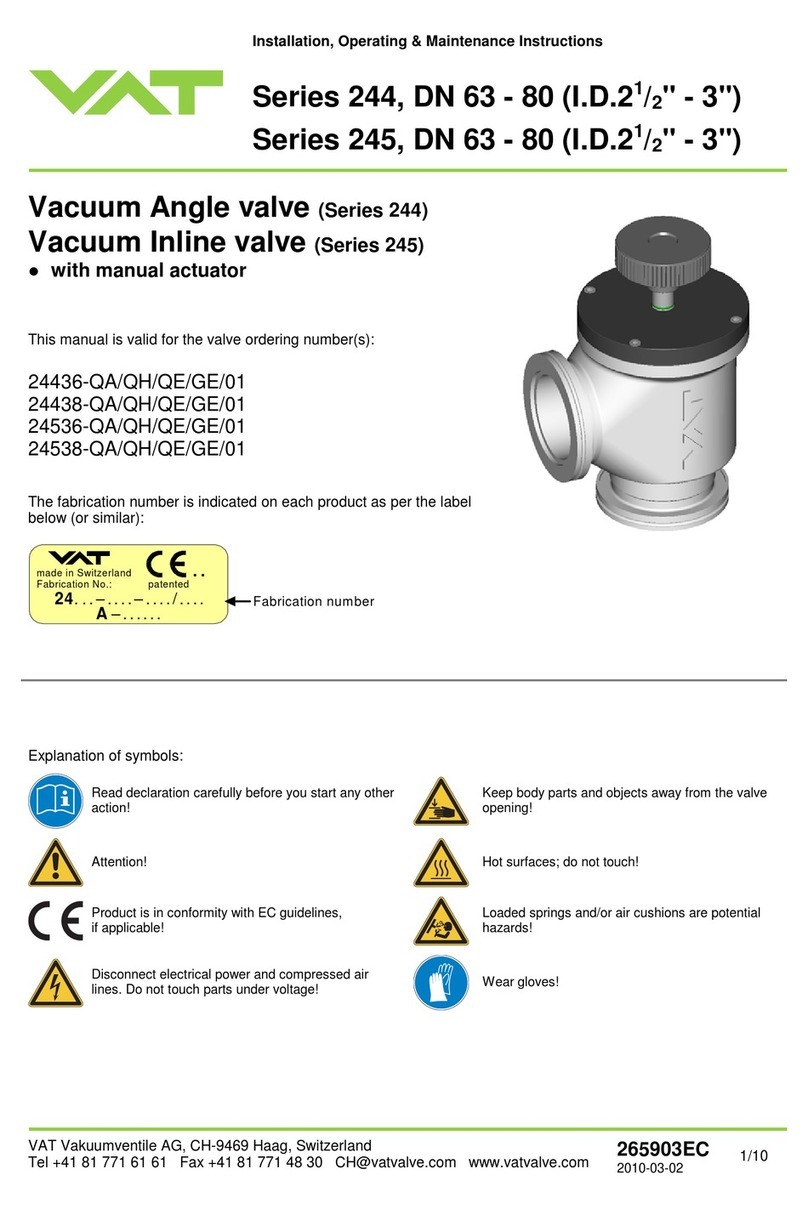
VAT
VAT 24436-GE01 Installation, operating, & maintenance instructions
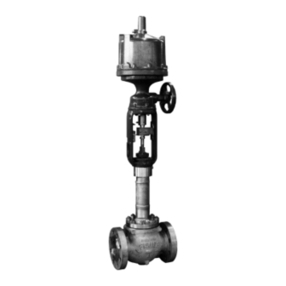
Emerson
Emerson Fisher EZ-C instruction manual

Siemens
Siemens Cerberus Pyrotronics LP-30 Operation and installation instructions
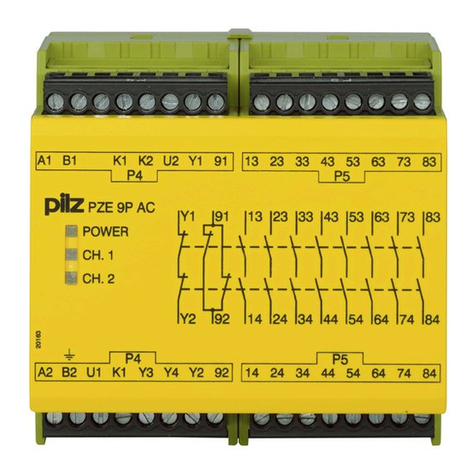
Pilz
Pilz PZE 9P operating instructions
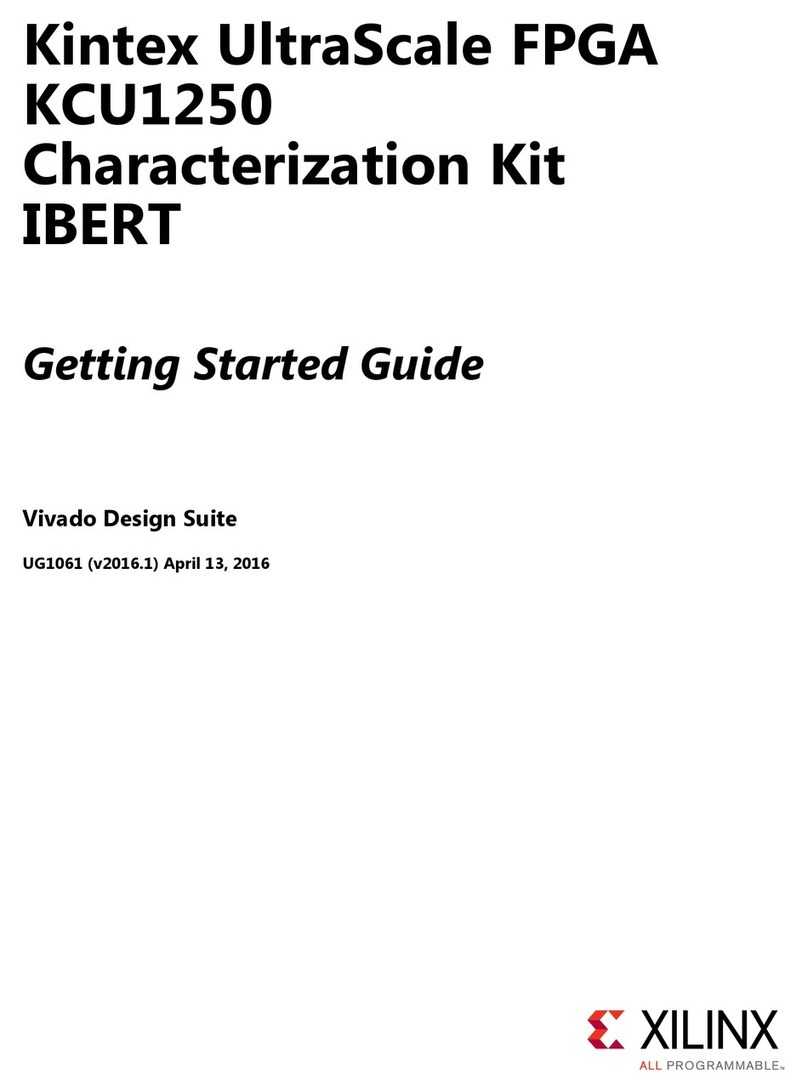
Xilinx
Xilinx Kintex UltraScale FPGA KCU1250 Getting started guide

Vetus
Vetus BOWPRO CANVXCJP installation manual

J&D MAnufacturing
J&D MAnufacturing JDN4-5 manual
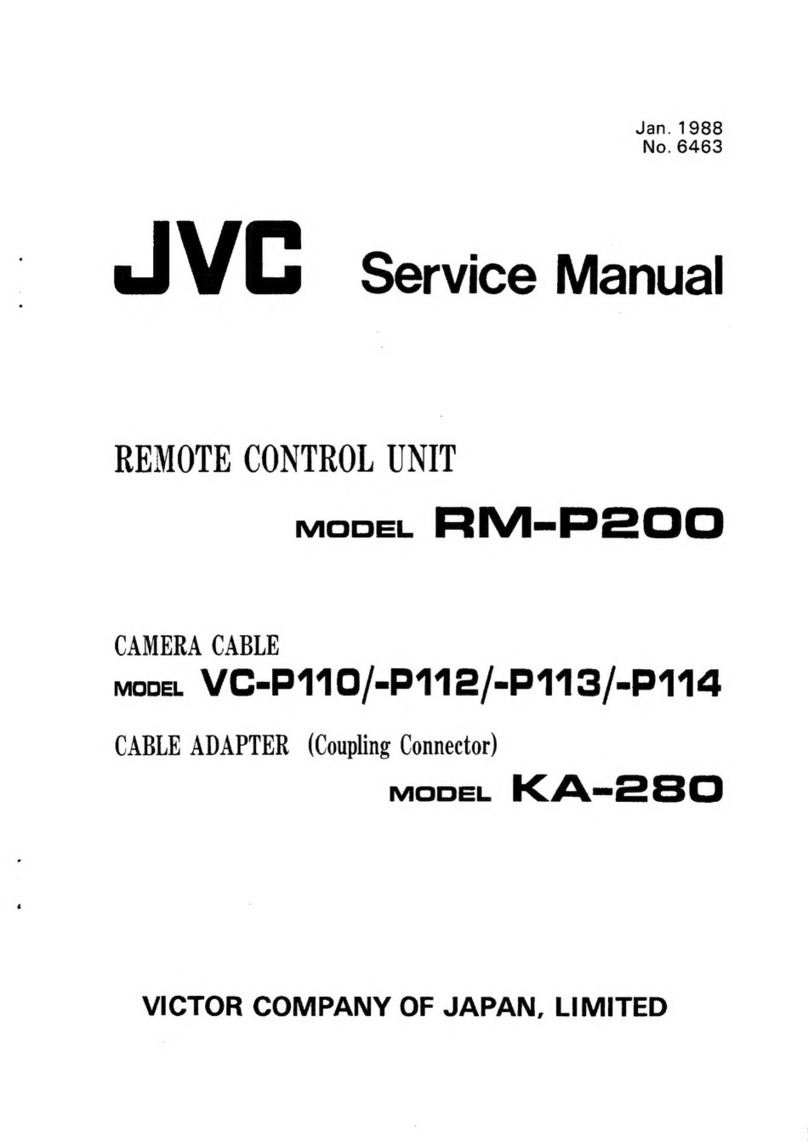
JVC
JVC RM-P200 Service manual
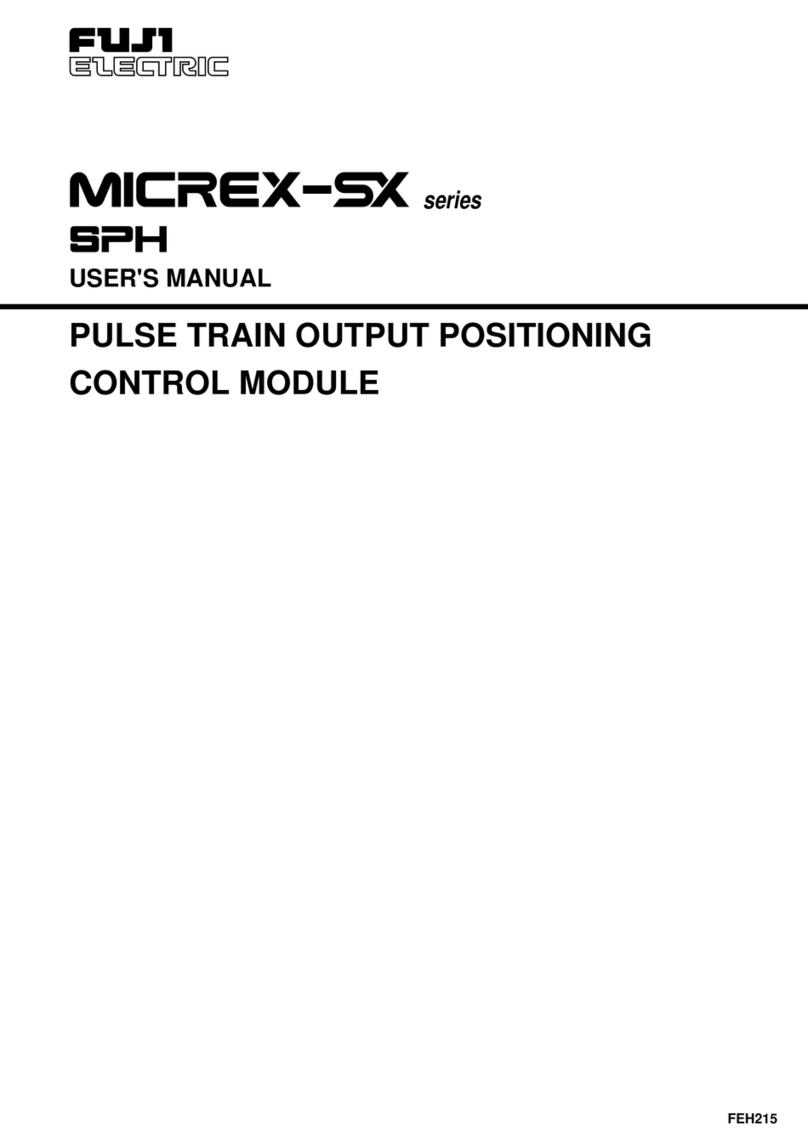
Fuji Electric
Fuji Electric MICREX-SX Series SPH user manual
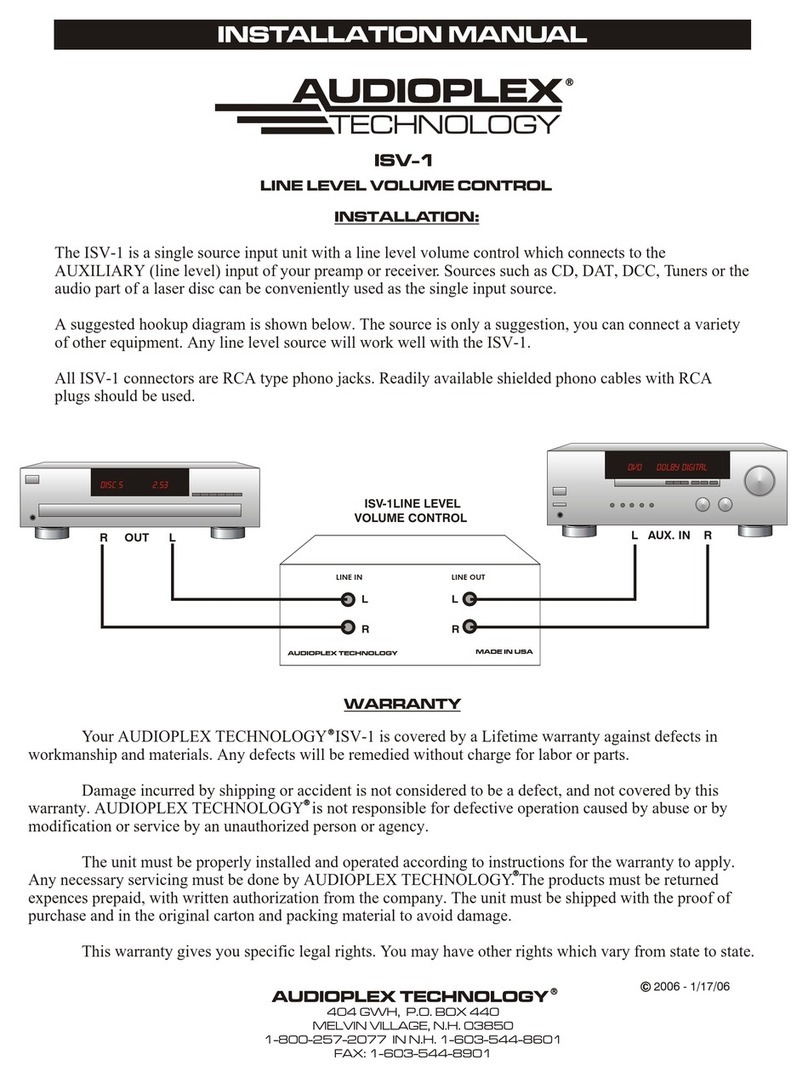
Audioplex
Audioplex ISV-1 installation manual
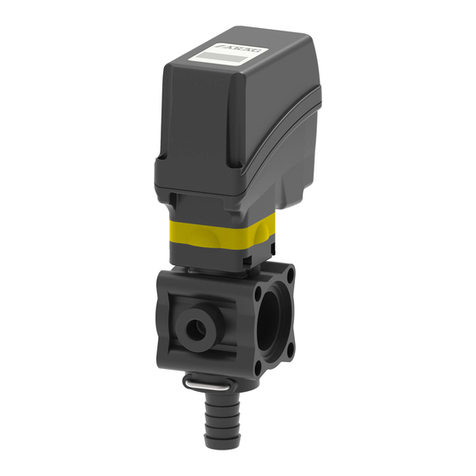
ARAG
ARAG 863 Series Installation, use and maintenance
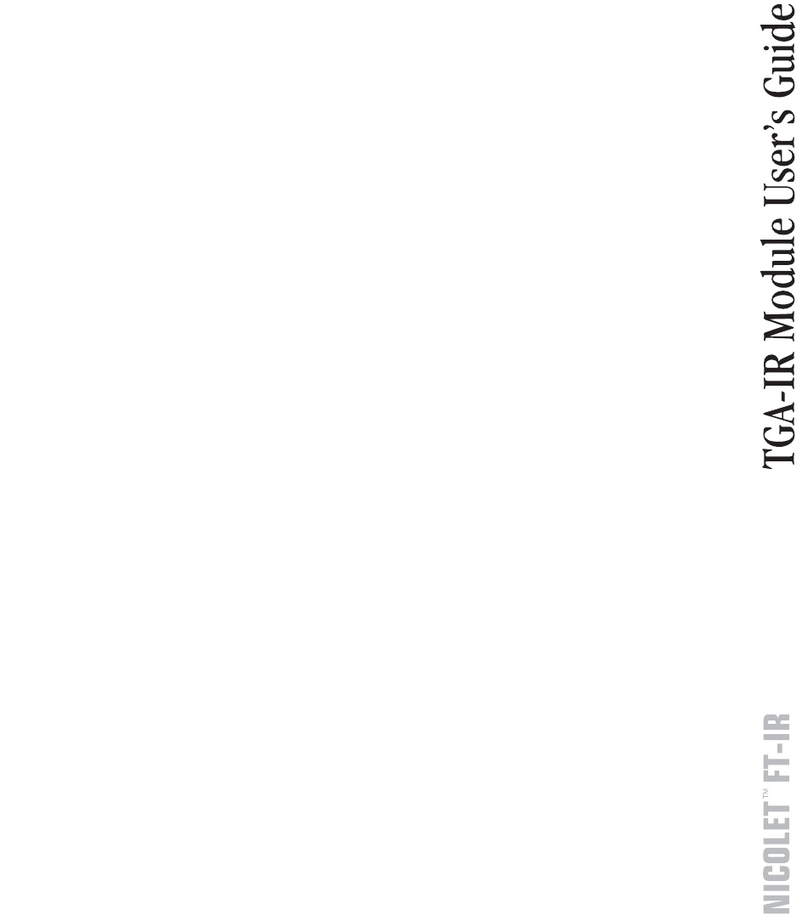
Thermo Scientific
Thermo Scientific Nicolet FT-IR user guide
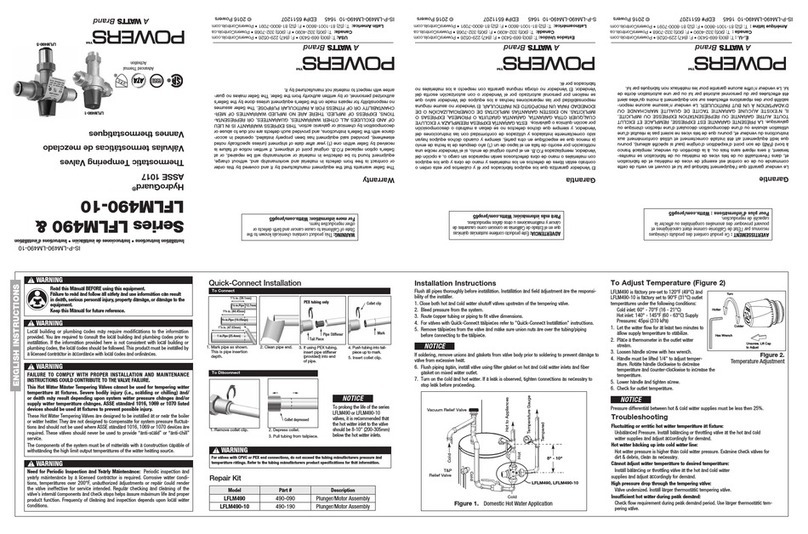
Powers
Powers LFLM490-10 installation instructions
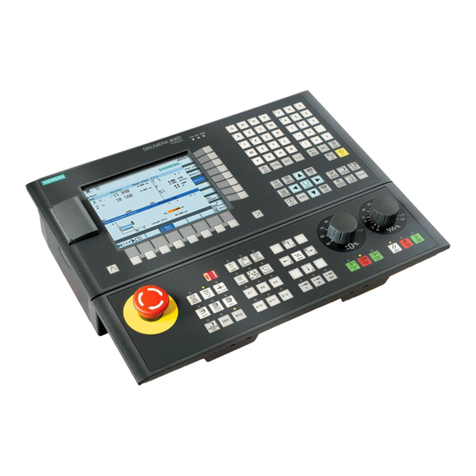
Siemens
Siemens SINUMERIK 808D Training manual